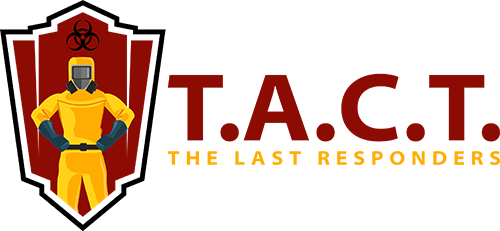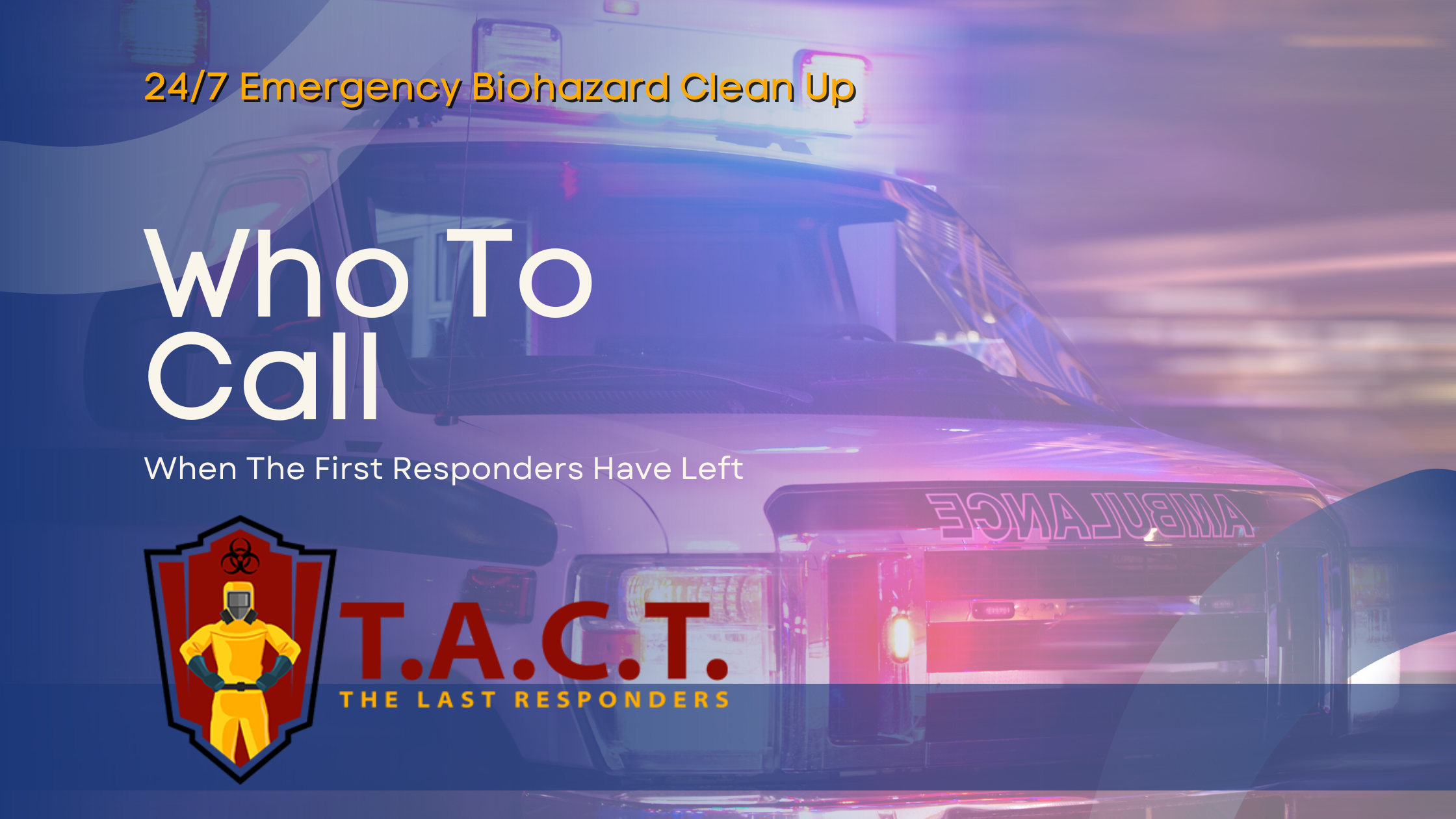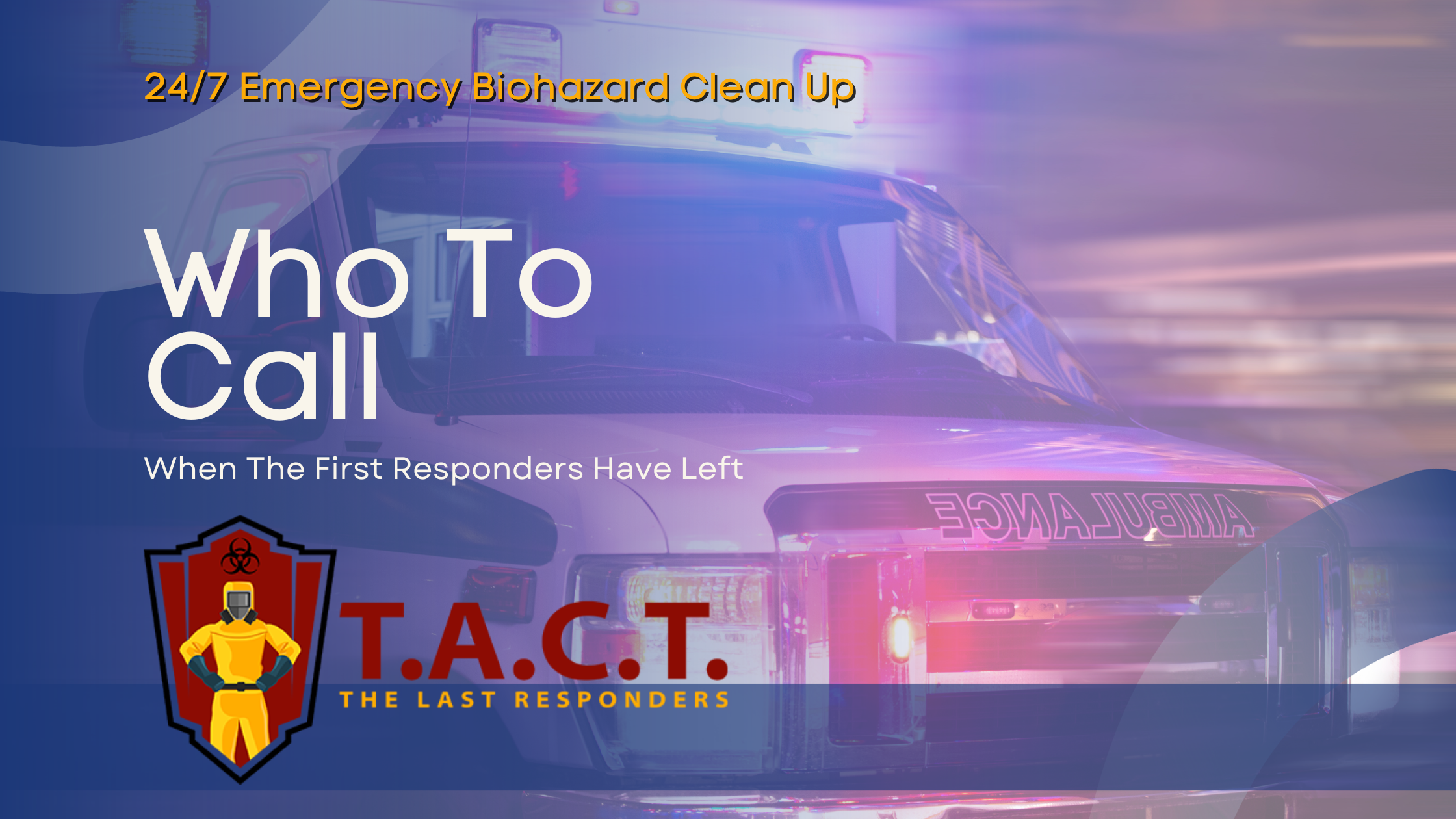Danger of cleaning a hoarder’s house
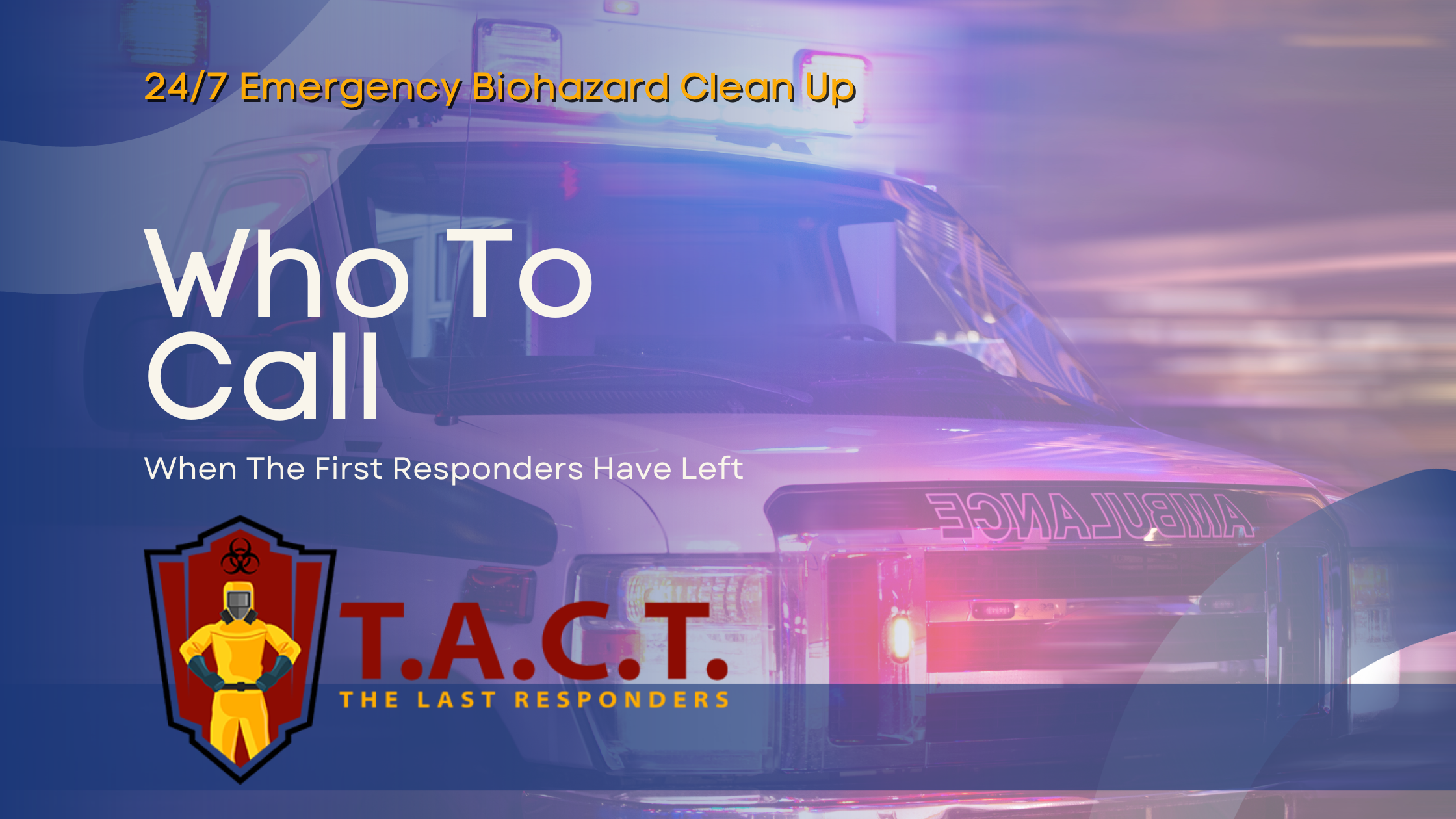
The Dangers of Cleaning a Hoarders House: What You Need to Know
Cleaning a hoarder’s house involves significant health, structural, and psychological risks, including the dangers of cleaning a hoarders house. You’ll face dangers like mold, bacteria, potential collapses, and fire hazards. This article explains these dangers and offers guidance on how to handle the cleanup safely.
Key Takeaways
Hoarders’ homes pose significant health hazards due to poor indoor air quality, biohazardous materials, and allergens, necessitating safety measures during cleanup.
Structural hazards, including risks of collapse and fire, must be assessed and addressed to ensure safety for both hoarders and cleaning crews.
Professional cleaning services play a critical role in managing both the physical and emotional challenges of hoarding cleanup, providing expertise and emotional support.
Health Risks in a Hoarder's House
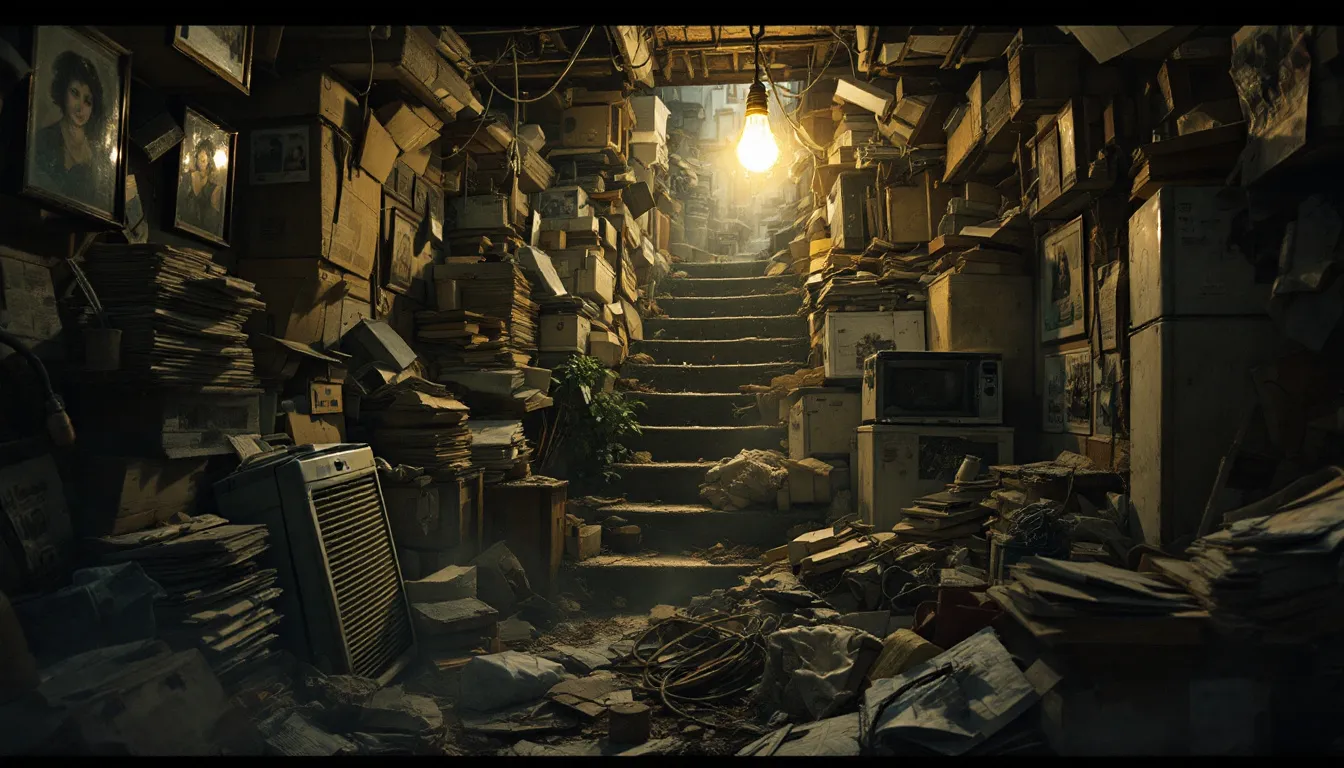
Health risks in a hoarder’s house are both significant and varied. Excessive accumulation of items usually results in poor indoor air quality, exacerbating respiratory conditions and causing new health issues. Dust, mold, and bacteria thrive in these environments, posing severe health hazards for inhabitants and cleaners alike.
Cleanup efforts also expose individuals to biohazardous materials such as animal waste and spoiled food, which can result in serious infections and diseases caused by harmful pathogens. Recognizing these health risks and safety risks helps ensure appropriate safety measures are taken to mitigate these dangers.
Respiratory Issues
Poor indoor air quality in hoarded homes significantly contributes to respiratory issues. Dust, mold, and other airborne particles accumulate, posing considerable health hazards. Conditions like asthma and bronchitis can exacerbate respiratory conditions by this poor air quality. Mold, in particular, can lead to serious respiratory problems and other illnesses.
Ventilation is essential during the cleaning process to mitigate these risks. Opening windows and using fans can improve airflow and reduce harmful particle concentration. Wearing dust masks and other protective gear also helps minimize exposure to these hazardous materials.
Allergens and Irritants
Allergens and irritants frequently found in hoarded homes contribute to a hazardous environment. Pollen, dust, mold, and pet dander can trigger allergies and severe allergic reactions such as sneezing, runny nose, and skin irritation. These allergens can also worsen respiratory conditions, making the environment especially dangerous for those with pre-existing health issues.
Effective cleanup necessitates the removal of these allergens and other potentially harmful substances to ensure safety for both inhabitants and workers. This involves thorough cleaning with appropriate cleaning solutions and tools to eliminate allergenic materials. Proper training in handling these substances helps prevent further health complications.
Biohazardous Materials
Biohazardous materials pose significant concerns in hoarded homes. Animal waste, rotting food, human waste, and animal feces are common biohazards that present severe health risks. Exposure to these materials, including decaying food and bodily fluids, can result in serious bacterial infections and other health issues, highlighting the need for careful handling.
Safety precautions are crucial when dealing with biohazardous materials. Wearing personal protective equipment like gloves, masks, and safety gear minimizes exposure to these harmful substances. Proper disposal of these materials ensures a safe and sanitary environment.
Structural Hazards
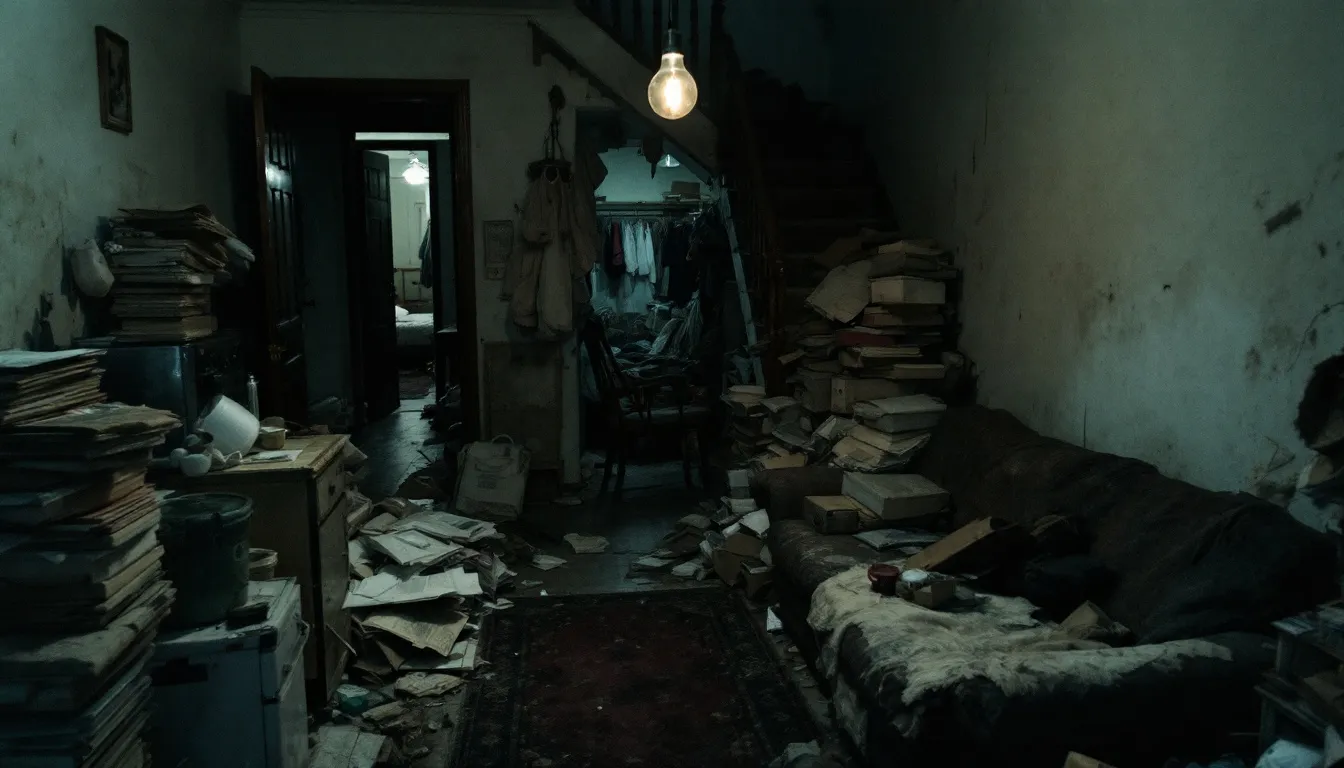
Structural hazards in a hoarder’s home are a serious concern. Excessive accumulation of items can compromise the home’s structural integrity, leading to potential hazards like collapse and fire risks. The weight of the clutter can cause significant damage, making the environment unsafe for both the hoarder and the cleaning crew.
Faulty electrical wiring can compound these structural hazards, increasing the risk of fires and potentially leading to structural damage. Recognizing these risks and addressing them is crucial for ensuring everyone’s safety during the cleanup process.
Risk of Collapse
The risk of collapse is a significant concern in hoarded homes. Excessive weight from accumulated clutter can exert immense pressure on structural components, leading to structural deterioration and instability. Overloaded floors can buckle under the weight, posing serious danger to occupants.
Cleaning a hoarder’s house requires specific precautions to avoid these hazards. Assessing the structural integrity of the home before beginning the cleanup and taking measures to prevent further damage are essential. Proper maintenance and addressing issues like mold and water damage help mitigate structural hazards.
Fire Hazards
Clutter significantly increases the risk of fire in a hoarder’s home. Flammable materials like paper, fabric, and other items can ignite quickly, causing rapid fire spread. All the clutter in cluttered spaces often blocks escape routes, making evacuation difficult in case of a fire, especially when there is excessive clutter.
Addressing fire hazards involves removing flammable materials and ensuring clear escape routes to mitigate the fire hazard. This reduces fire risk and makes the environment safer for everyone. Proper training in handling these materials helps prevent accidental ignition and ensures a safe cleanup process.
Faulty Electrical Wiring
Faulty electrical wiring is another significant hazard in a hoarded home, along with trip hazards. Clutter can conceal electrical problems, increasing the risk of electrical fires and shocks. Damaged wiring can easily spark fires, especially when hidden under piles of clutter.
Checking and addressing electrical wiring issues before starting the cleanup is vital. A thorough inspection by a qualified electrician to identify and fix any problems is essential. Ensuring the electrical system is safe helps prevent dangerous incidents during the cleanup process.
Psychological Challenges

The psychological challenges of cleaning a hoarder’s house are profound. Hoarding disorder is a complex mental health condition characterized by a persistent difficulty in discarding possessions due to a perceived need to save them. This leads to intense emotional distress for the hoarder when asked to part with their belongings.
These challenges extend to the cleanup crew, who may face significant stress and emotional strain during the process. Support systems, including mental health professionals and hoarding task forces, play a crucial role in managing these psychological challenges and ensuring a successful cleanup.
Emotional Toll on Hoarders
Hoarders often experience overwhelming emotional distress when parting with their hoarded items, creating a significant barrier to effective cleanup. Professional cleaning teams often include trained counselors who provide compassionate support to help hoarders manage these emotional challenges, especially when it comes to cleaning a hoarder’s house.
Emotional support is crucial for helping hoarders navigate the difficult process of decluttering. This support reduces anxiety and stress associated with parting with their belongings, making the cleanup process more manageable.
Stress on Cleanup Crew
The cleanup process can be emotionally and mentally draining for the crew. Dealing with the hazardous environment and the emotional strain of assisting hoarders can cause significant anxiety and fatigue. Cleanup professionals often struggle with frustration and helplessness, especially in severe cases of hoarding disorder.
Managing this stress involves providing proper training and support for the cleanup crew, including mental health support to help them cope with the emotional demands of the job.
Support Systems
Support systems are vital during the cleanup of a hoarder’s house. Mental health professionals and hoarding task forces create a supportive environment that reduces cleanup-related stress. This support is crucial for both the hoarder and the cleanup crew, helping manage the emotional and mental challenges involved.
Talking to a therapist and seeking help from loved ones provides necessary preventive measures for mental well-being during the cleaning process. A supportive environment ensures a more effective and less stressful cleanup process.
Safety Precautions During Cleaning
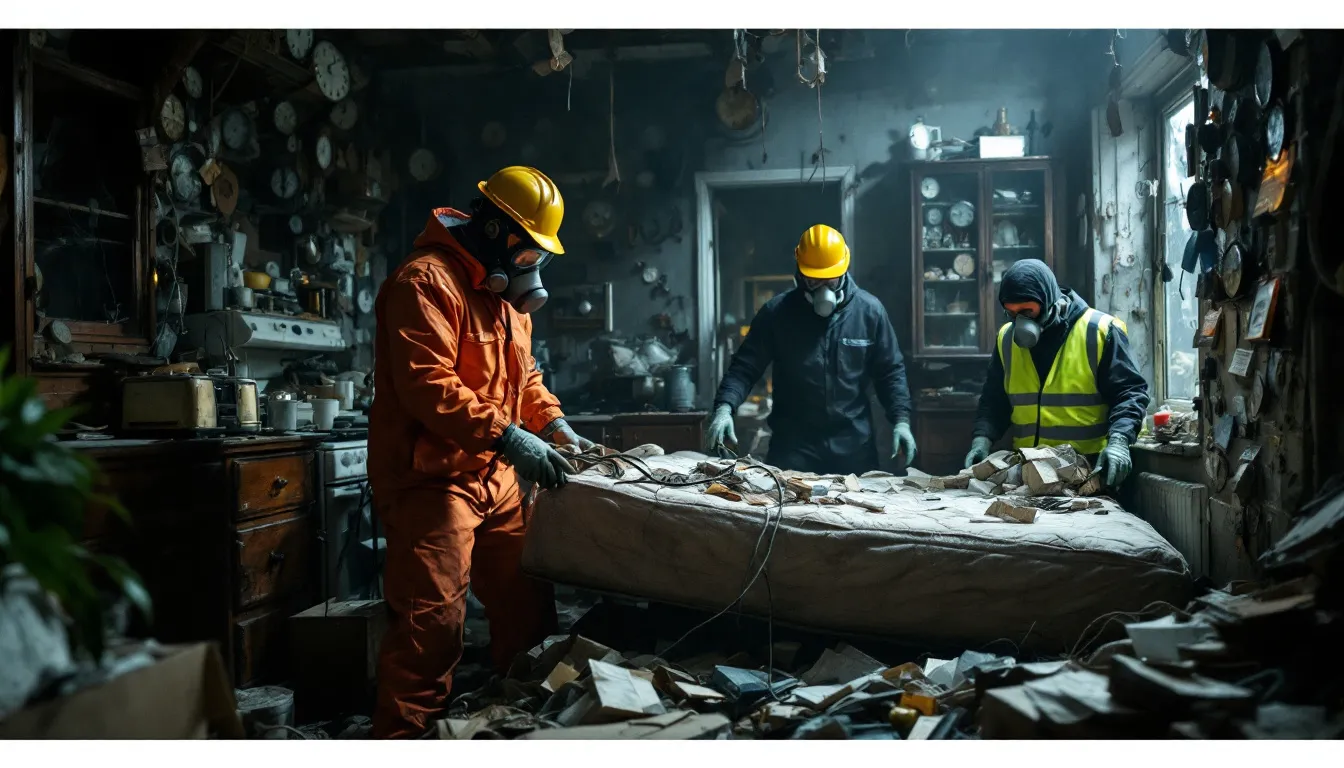
Safety precautions are essential during the cleaning of a hoarder’s house. Hazardous materials and biohazardous substances require specific safety protocols to protect everyone involved. Personal protective equipment, proper ventilation, and emergency preparedness are critical components of a safe cleanup process.
Hiring professional cleaning services greatly reduces the risk of accidents and ensures a safer environment during the cleanup. Trained professionals follow strict safety protocols to handle hazardous materials and biohazardous waste, minimizing health risks and ensuring a thorough cleanup.
Wearing Personal Protective Equipment
Wearing personal protective equipment (PPE) is crucial during the cleanup of a hoarder’s house. PPE prevents direct contact with hazardous materials, protecting individuals from harmful substances. High-quality masks, such as N95, filter out airborne contaminants, while gloves, goggles, and other protective gear provide additional protection.
Using protective gear minimizes the risk of exposure to harmful dust and potential contaminants during cleaning. Proper training in PPE use ensures effective implementation of all safety measures.
Proper Ventilation
Proper ventilation is essential during hoarding cleanup to promote a safer environment. Good ventilation mitigates poor indoor air quality caused by accumulated dust, mold, and other harmful particles. Without adequate ventilation, the risk of exposure to airborne pathogens and hazardous materials increases, affecting respiratory health.
To ensure proper ventilation, open windows and doors, and use fans to circulate air during the cleanup process. This reduces the concentration of harmful particles in the air and improves overall air quality.
First Aid and Emergency Preparedness
Having a first aid kit ready is crucial for addressing any unexpected injuries during the cleanup. Emergency contact information and supplies for treating cuts, bruises, and potential allergic reactions are essential.
Proper training in first aid and emergency preparedness ensures the cleanup crew can handle any health issues that arise. This preparedness mitigates potential dangers and ensures a safer environment for everyone involved.
Professional Cleaning Services
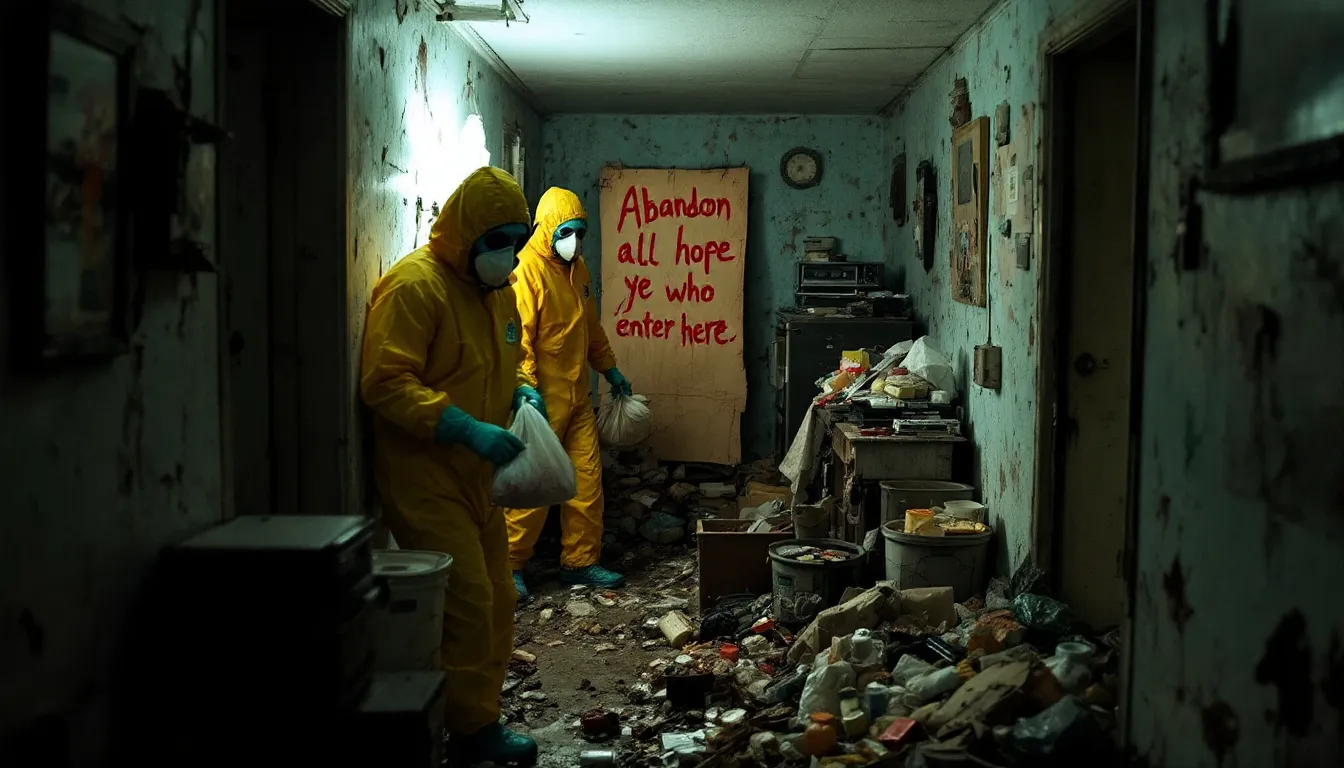
Professional cleaning services offer significant benefits for hoarding cleanup. Their expertise ensures a safe and successful process, minimizing exposure to hazardous materials and biohazardous waste. Professional cleaners possess the knowledge and skills to handle hazardous environments, making the cleanup more efficient and thorough.
In addition to technical expertise, professional cleaning services provide emotional support and guidance. This support is crucial for both the hoarder and their families, helping manage the emotional strain of the cleanup process.
Expertise in Hazardous Waste Disposal
Professional cleaners have the knowledge to identify and dispose of hazardous materials found in hoarder homes. They are trained to handle toxic substances safely and use specialized equipment for proper disposal. This expertise is essential for creating a safe and sanitary environment during the cleanup.
By following strict protocols and using appropriate tools, professional cleaners effectively manage health risks associated with hazardous chemicals and hazardous materials.
Efficiency and Safety Protocols
Professionals implement strict safety measures and follow local regulations to streamline the cleanup process. This ensures all health risks are effectively managed and the cleanup is conducted safely.
Proper training and following local regulations are crucial for ensuring a hazard-free environment during the cleanup. Professional cleaners, with their professional expertise, are well-versed in these protocols, making the cleanup process more efficient and safe.
Emotional Support and Guidance
Hoarding disorder is a complex mental health condition, and the emotional strain of cleaning a hoarder’s house can significantly affect the well-being of everyone involved. Professional cleaning services often involve mental health professionals who provide the necessary support to create a supportive environment during the cleanup. This emotional support helps manage the intense feelings of loss and discomfort experienced by hoarders and their families.
The involvement of a mental health professional ensures that the emotional challenges of the cleanup process are addressed with empathy and patience. This support is crucial for making the cleanup process more manageable and less stressful for all individuals affected.
Summary
Cleaning a hoarder’s house is a challenging and multifaceted task that involves significant health risks, structural hazards, and psychological challenges. Understanding these dangers is crucial for ensuring a safe and effective cleanup process. From respiratory issues and allergens to biohazardous materials and fire hazards, the potential dangers in a hoarder’s home are numerous and serious.
Hiring professional cleaning services offers numerous benefits, including expertise in handling hazardous materials, adherence to safety protocols, and providing emotional support. By taking the necessary safety precautions and seeking professional help, the cleanup process can be conducted safely and efficiently, ensuring a healthier and safer environment for everyone involved.
Frequently Asked Questions
What are the main health risks associated with cleaning a hoarder's house?
Cleaning a hoarder's house poses significant health risks, including respiratory problems from poor air quality, exposure to allergens like dust and mold, and contact with hazardous materials such as animal waste and spoiled food. Proper safety precautions are essential to mitigate these dangers.
Why is proper ventilation important during hoarding cleanup?
Proper ventilation is crucial during hoarding cleanup as it mitigates poor indoor air quality by reducing dust, mold, and harmful particles. This not only enhances respiratory health but also ensures a safer environment.
How can professional cleaning services help in hoarding cleanup?
Professional cleaning services are crucial for hoarding cleanup as they ensure a safe and efficient process by managing health risks and providing emotional support. Their expertise in hazardous waste disposal and adherence to safety protocols significantly aid hoarders and their families.
What types of personal protective equipment are necessary for hoarding cleanup?
For hoarding cleanup, it is crucial to use high-quality masks (such as N95), gloves, goggles, booties, and smocks to prevent contact with hazardous materials and reduce exposure to harmful dust and contaminants. Prioritizing safety through proper personal protective equipment is essential for effective cleanup.
What psychological challenges are involved in cleaning a hoarder's house?
Cleaning a hoarder's house involves significant emotional distress for the hoarder as they struggle with parting from their possessions, as well as stress for the cleanup team. To effectively address these challenges, it's essential to involve mental health professionals and create a supportive environment.
Latest news
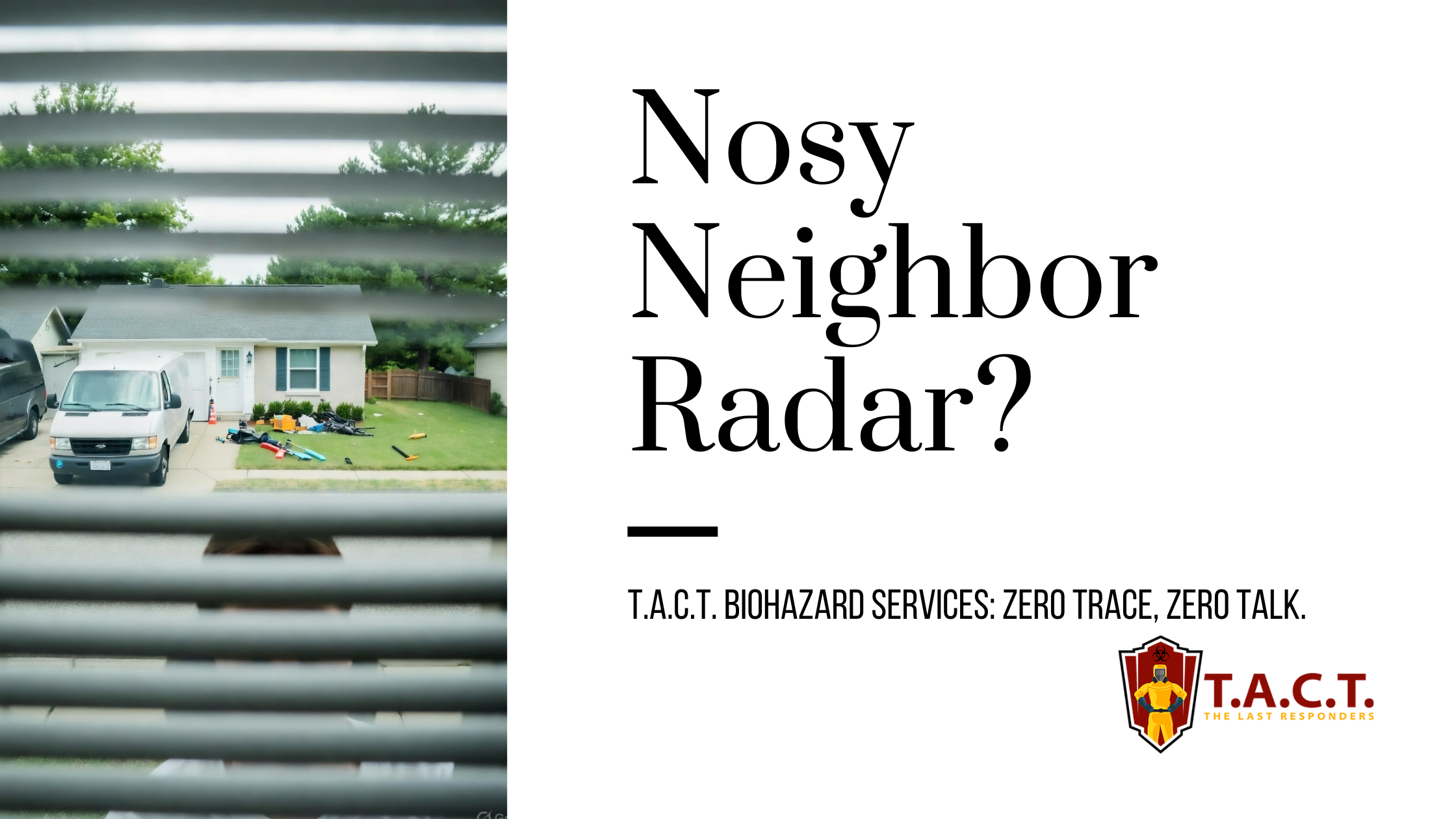
Nosy neighbors peeking? T.A.C.T. North Atlanta offers discreet biohazard remediation for rodent infestations, mold, hoarding, and more. Unmarked vehicles, quiet experts, full privacy—24/7 service at 470-781-4775.
Read More